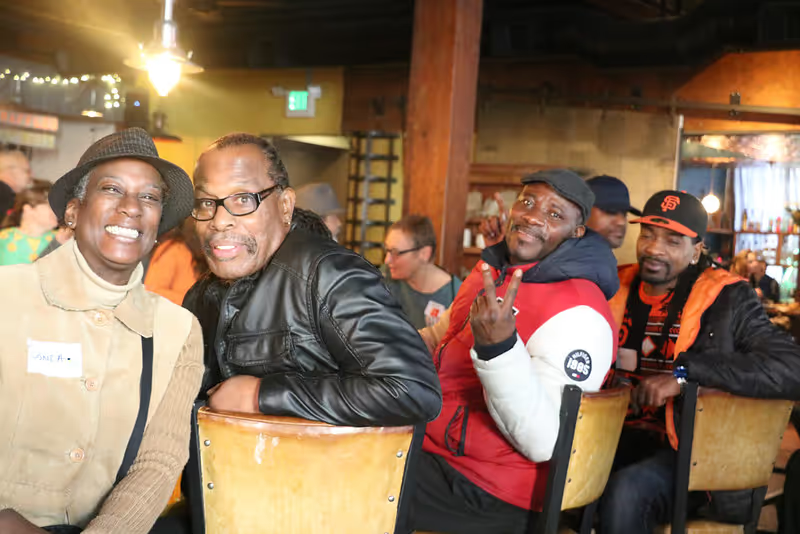As a leader of an organization, a commitment to creating a workplace that allows all of your employees to feel included and respected is vital.
In the past, discussions of diversity have been confined to demographic diversity in the workplace. Unfortunately for too many companies, this has meant merely checking various boxes of demographic categories and concluding that diversity goals have been met. However, diversity is far more than a numbers game, and retention is often where too many organizations, institutions, or companies fall short.
Many organizations and companies announce a commitment to hiring veterans just as they announce a commitment to diversity hiring. However, as with demographic diversity, often this commitment is little more than a numbers game and retention efforts are inadequate.
COMMIT TO THE LEARNING AND THE PRACTICE
A commitment to diversity means embracing it as part of your daily practice, especially integrating equity and inclusion into your employment standards. This means fostering a work environment that includes mutual respect and gives your employees confidence that there is truly opportunity and a sense of belonging for everyone.
We call this Diversity, Equity, and Inclusion (DEI):
- Diversity represents all types of differences or the range of human experiences and lifestyles.
Diversity includes the diversity of life experiences—including military experience—and perspectives. Veterans bring with them a history unlike many others and, importantly, individual veterans bring their individual their histories. Learn to value that as you value demographic experience.
- Equity is defined as simply being impartial, fair, and just.
In working toward understanding how to be more equitable, some people refer to the concept of “cultural competence” and “cultural diversity.” However, it is better to think of the concept of “cultural humility;” valuing every individual’s voice, perspective, and experiences equally; and being humble enough to admit that you cannot make assumptions about what you know about someone else’s background. In the case of veterans, this means not assuming you know what their military experience entailed, even if you are a veteran yourself.
A DEI program should also acknowledge the reality of the historical marginalization employees have experienced, whether it is race-based trauma experienced by people of color, gender-based trauma, or trauma based on sexual orientation or gender identify.
Veterans may have already experienced workplace race-based or gender-based trauma during their time in the military. As in any workplace, discrimination or hostility may have been overt or may have been experienced as a lack of equity and inclusion.
- Inclusion means truly involving and empowering everyone you employ and recognizing the inherent value and dignity of all your employees.
Correcting power imbalances in a working relationship is part of inclusion in practice. As an employer or manager, you need to acknowledge the power dynamic in play when you are meeting with or collaborating with an employee. It is important to stress that for the sake of collaboration the playing field should be level.
Collaborations should be mutually beneficial and value the input of all involved. This means not only acknowledging the power imbalance to your employees but acknowledging to yourself that working with employees is mutually beneficial because their input can complement and enhance your own.
When working with veterans, this also means understanding how a veteran’s past experience may be valuable and may contribute to the success of a collaboration. Veterans may bring a deep experience with teamwork and leadership.
Finally, accept that inclusion is an ongoing process of critical self-reflection and evaluation. Cultural humility means acknowledging that you have a lot to learn and that you may well have employees who know more than you, or you may need to bring in an outside consultant. Never assume that you have mastered inclusion or that you have completed evaluation of your own attitudes or behavior. As with most things in life personal growth results from continuously acknowledging how you can improve.
INCLUDE VETERAN-SPECIFIC SELF-EVALUATION
- How will you measure veteran DEI?
- Are you truly committed to hiring veterans or is your stated aim more about PR than HR? Look not only at the numbers of veterans hired but track retention and inclusion of veterans in your leadership team.
- How many veterans work with or for you? Are veterans are represented across your organization, or confined to specific departments? How diverse is your leadership?
This means acknowledging that the makeup of the staff should be consistent with the makeup of the population being served. In short, veterans of color will more likely access services if they feel that staff are likely to relate to and be sensitive to their issues. These same principles are applied to women and LGBTQ+ veterans.
ESTABLISH A DEI COMMITTEE
When you establish a DEI committee, be sure that members of the committee participate in cultural humility training sessions. The committee should meet at least once a month to focus on the organization’s DEI progress, with a particular focus on progress integrating cultural humility principles into the workplace and programs.
Hold listening sessions for staff who are veterans to hear their specific concerns, as well as regularly scheduled all-staff meetings to discuss DEI principles. Share outside resources that can enhance DEI knowledge and practice within the organization.
Provide trainings on veteran culture and experiences to all of your staff, with insights on veteran clients and veteran staff. Include their perspectives in your trainings and allow veteran staff to participate in leading the trainings.








